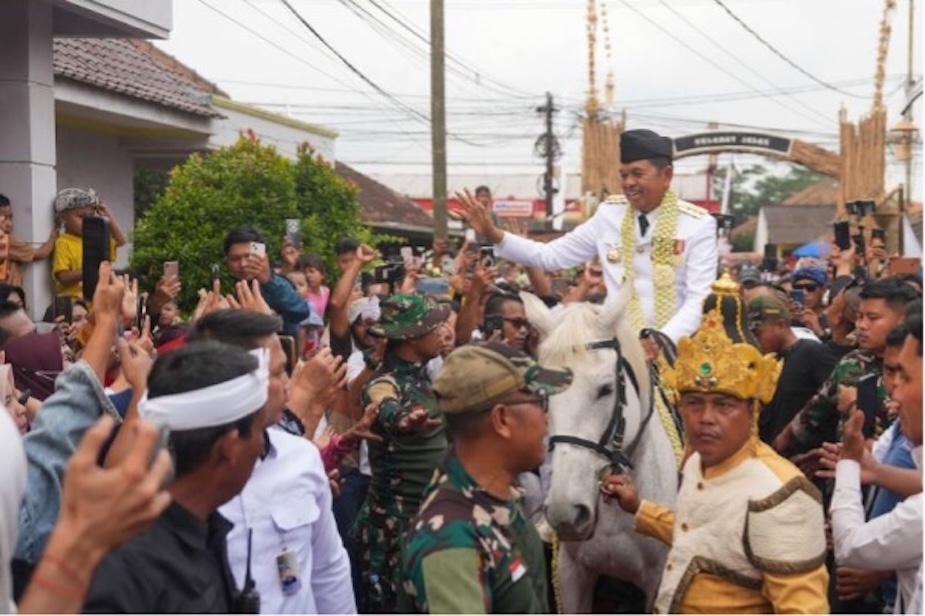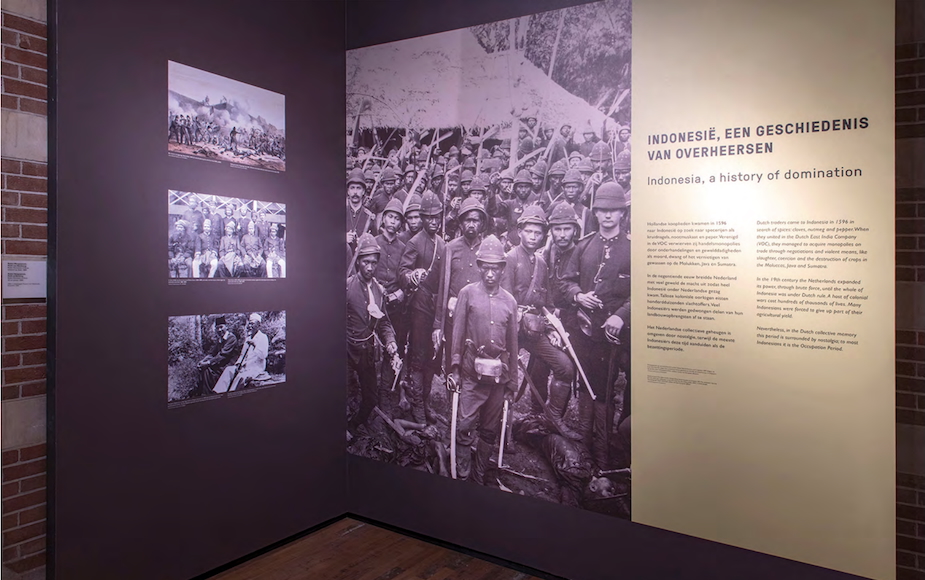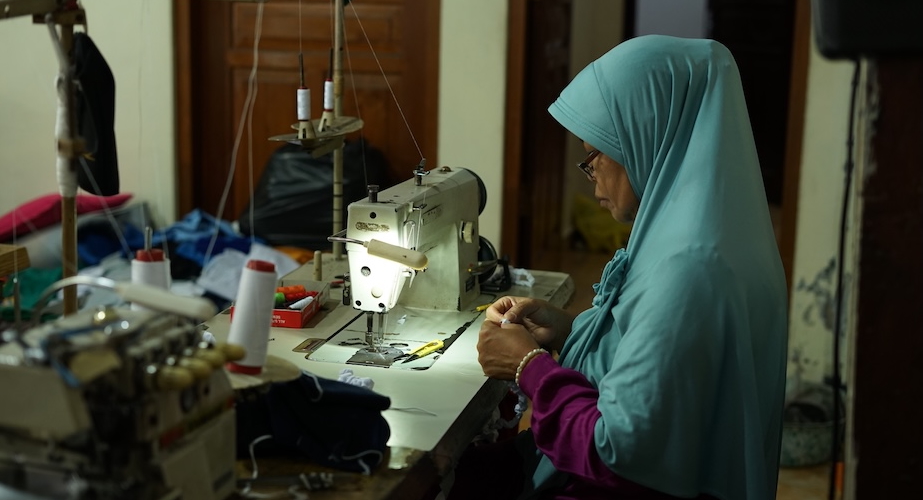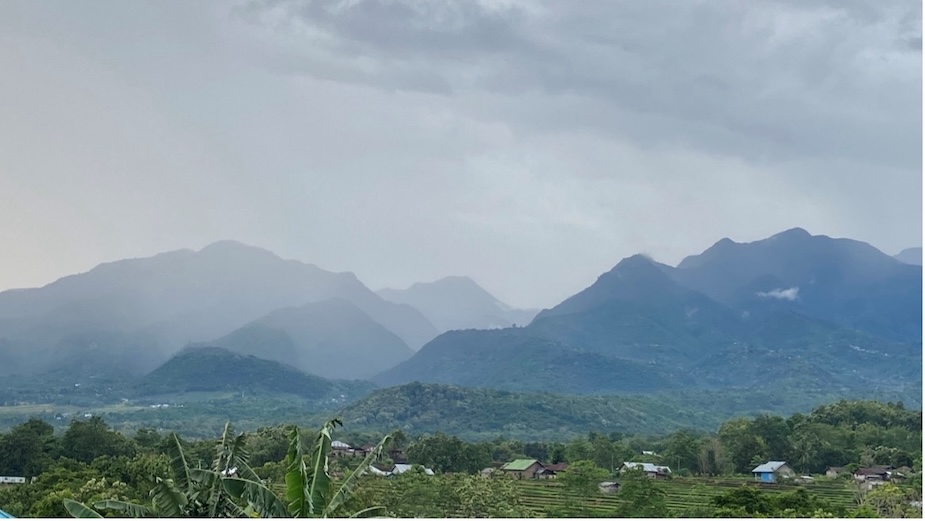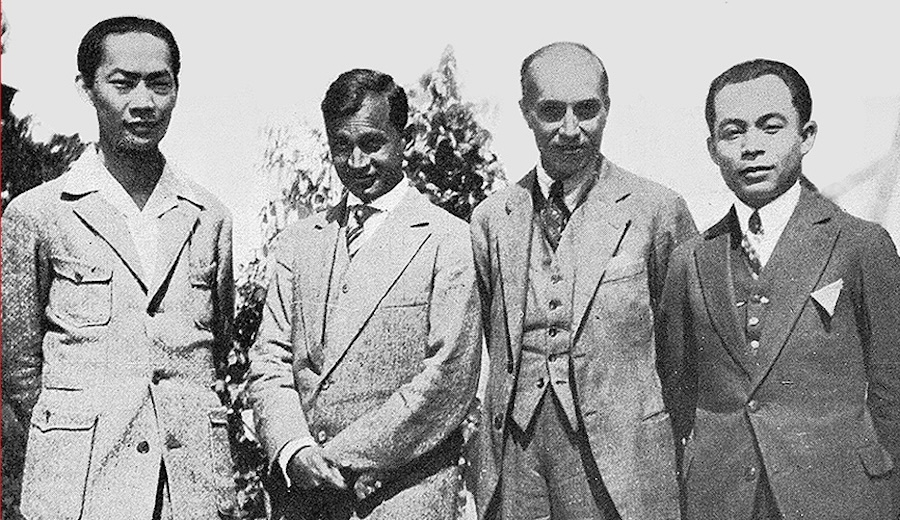PETER CAREY finds many parallels between the conduct of the present-day Indonesian regime in East Timor and that of the Netherlands' colonial administration in the Indies before World War II. Not least, both governments took for granted their right to rule.
The Dutch colonial 'Ethical Policy' drew its inspiration from Queen Wilhelmina's 1901 speech from the throne. 'As a Christian power', she said, 'the Netherlands is obliged to carry out government policy in the consciousness that the Netherlands has a moral duty to the people of these regions'.
True, it was a time of improved health care, education, communications, irrigation, and other infrastructure - it also marked the beginning of transmigration from Java to the outer islands in 1902 - but the net effect was that it brought as many benefits to Dutch commerce as to the subject peoples. Nevertheless, Dutch conservatives said the policy had encouraged the growth of a nationalist movement by 'training' a new generation of disaffected intellectuals.
Another 300 yearsPolicy had moved in a repressive direction under Governor-General de Jonge (1931-36), a former Minister of War, and director of Royal Dutch Shell. When asked by a journalist in 1933 whether he intended the Netherlands Indies to become independent, he replied: 'I believe that since we have laboured here in the Indies for three hundred years, another three hundred should be added to them ere the Indies shall perhaps be ripe for some form of independence'.
Conservatives felt that if the Dutch left, the Netherlands Indies would descend into chaos. One ethnic group would turn against another. Political vendettas would rip apart the peace and order so carefully constructed by the colonial state.
East TimorRepublican Indonesia's own record in East Timor, from its 7 December 1975 invasion to the present, suggests many notable parallels with the pre-war Netherlands Indies. As one senior Indonesian Army officer put it: 'The people had no choice but to join Indonesia. The territory was experiencing chaos and there was massive fighting going on between Fretilin and the other groups.'
Once the phase of military repression of what the Indonesian army termed the 'Security Disrupting Gangs' was complete, the Indonesians brought in their own version of the Ethical Policy. Under the governorship of M rio Carrascal o (1982-92) around US$600 million was supposedly spent on infrastructure and administrative facilities - nearly US$1,000 for every surviving East Timorese man, woman, and child.
As with the Dutch Ethical Policy, however, there were strong indications that the development was more beneficial to the business interests of the colonial power than to the indigenous population. Governor-General de Jonge had strong links with Holland's main oil company. Generals Murdani, Dading Kalbuadi and Sahala Rajagukguk, who presided over the military conquest of East Timor, had PT Denok (run by ethnic Chinese). It gave them lucrative incomes from monopolies of coffee, sandalwood and marble. Now called Batara Indra, the company has burgeoning interests in real estate, freight, tourism, entertainment and sugar.
In a remarkable parallel with Dutch practice, the economic activities of the army were always camouflaged under the showy conceit of development: 'We have done more for East Timor in twenty years than the Portuguese did in four-and-a-half centuries,' has been the constant refrain of Indonesian officials charged with defending their country's record against Western critics.
EducationEducational development under the Dutch Ethical Policy, and under Indonesian pembangunan (development) in East Timor, have had similar political results. Both produced a new generation of educated youth with minimal local job opportunities, but a mastery of a foreign language which gave them access to the outside world and the consequent ability to reflect on their colonial predicament.
The total number of employment opportunities created by the whole Indonesian Fourth Five-Year Development Plan (1983-89) was a pitiful 1,675, just under 4 per cent of what would have been necessary for all school leavers. One of them said: 'What's the use of school if there's no way of getting a decent job? These days [1990] all office jobs are closed to us. If the Regional Office Head is a newcomer, he will only be interested in having his relatives or at least people from his own region working in his office'.
Much the same sense of frustration was felt by the tiny handful of pre-war Indonesians who had graduated from Dutch high schools and universities. In 1940 - just over a year before the collapse of Dutch rule - only 7 per cent of higher-ranking civil servant positions were held by Indonesians. This rising tide of frustration among educated Indonesian youth led them to support those nationalists holding out for total independence from the Dutch.
In East Timor, too, foreign occupation, economic exploitation, cultural marginalisation, and unemployment all conspired to forge a new sense of Timorese nationalism among educated youth in Dili and other urban centres in the late 1980s and early 1990s.
The significance of the youth movement was recognised by both the Indonesians and the Fretilin leadership. In a speech remarkably similar in tone to that of Governor-General de Jonge, General Murdani - nearly 60 years later - lashed out against young East Timorese protesters: 'Don't dream about having [an independent] state of East Timor. There is no such thing! There have been bigger rebellions. There have been greater differences of opinion with the government than the small number calling themselves Fretilin, or whoever their sympathisers are here. We will crush them all!'.
ReligionTwo key elements in the forging of a closer sense of national identity in both early 20th century Indonesia and post-1975 East Timor have been the roles played by language and religion. Indonesia got its first genuine popular movement in Sarekat Islam in 1912. Its membership is supposed to have peaked at some two million by the end of World War I.
Sarekat Islam used Islam as a rallying point against the non-Islamic Dutch. Sukarno boarded in the home of Sarekat Islam leader Tjokroaminoto as a student, and used the tenets of Sarekat Islam to develop his all-inclusive nationalist theories. The more widespread use of Indonesian as the language of the nationalist movement also owed a great deal to Sarekat Islam.
When one turns to East Timor, the Catholic Church has clearly played a similarly significant role in the birth of a specific East Timorese identity after 1975. The initial bonds were formed between priests like the Portuguese Father Leoneto do Rego and the population of Fretilin-controlled guerilla zones in the mountains.
The Church has cared for the wives, widows, children and orphans of the Timorese resistance fighters through the colgios. These Catholic centres consist of a parish church, a convent for priests, lay brothers and nuns, a boarding school for boys or girls, and a large tract of land partly rented out to local farmers and partly cultivated themselves.
An interesting parallel can be drawn with the Islamic boarding schools, pesantr n, that played such a critical role in the Indonesian struggle for independence (1945-49).
LanguagePortuguese, previously the language of colonial oppression, was rapidly transformed into the language of resistance. In the early 1980s it was abolished forcibly from schools and from the Catholic liturgy, but went on to became the vehicle of clandestine communications par excellence between those resistance leaders educated in the Portuguese period and student militants.
At the same time, Tetun has taken its place as the popular language of Timorese national identity by the late 1980s. It condemned most other Timorese vernacular languages, of which there were about 30 before the Indonesian invasion, to virtual oblivion. On the recommendation of the East Timorese religious authorities, the Vatican permitted Tetun to be used for liturgy after Indonesia banned Portuguese in 1981.
The Church, in fact, benefitted from a privileged relationship with the Catholic hierarchy. Since East Timor was the subject of international dispute, the Vatican did not attach it to the Indonesian Bishop's Conference, but administered it directly from Rome. To this day the Catholic Church remains the only institution communicating independently with the outside world. It has thus been able to defend threatened individuals and their values better than any other Timorese institution - with the possible exception of the resistance.
HistoryThere are many more parallels. Just as the early Indonesian Republic had an army based on the volunteer army (Peta) trained by the Japanese occupiers, so the East Timorese Falintil was colonially trained but developed into a guerilla force after the collapse of conventional resistance structures in 1979. In both revolutionary Indonesia and present-day East Timor there has been tension between civilian politicians and military leaders.
One day the East Timorese will be able to write their own history of their struggle for nationhood and independence. Until that day comes, they can perhaps usefully reflect on the processes by which Indonesia became free of the Dutch earlier this century. That freedom too, seemed in the 1930s almost impossible to attain.
Dr Peter Carey is a Fellow and Tutor in Modern History at Trinity College, Oxford, and a specialist in Indonesian history. He is a patron of the British Coalition for East Timor. Thanks to Robin Osborne for help with sub- editing.

